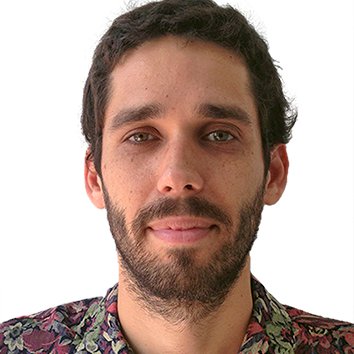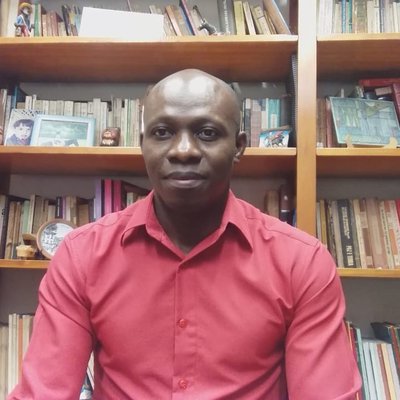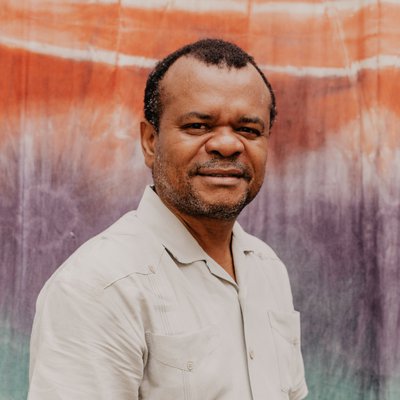After the earthquake in January 2010, Brazil became a primary destination for Haitian migrants, fuelled by an economic boom and the need for labour as the host of the 2014 World Cup and 2016 Summer Olympic games.
With the Brazilian economy experiencing a downturn in the aftermath of the World Cup and Olympics, resulting in a sharp rise in racism, its attractiveness as a destination country has waned for Haitian migrants. Despite this new reality, Brazil remains a focal point for (re)settlement and circulation within the region as an important transit point to other nations deemed more economically advantageous including: Chile, French Guiana, Ecuador, Colombia, Argentina and Mexico.
Our research in this corridor focuses on how inequalities in opportunities, access to resources, and policies and programmes mediate migrant decision-making, and how these affect development and migration pathways. We also examine the impact of migration intermediaries on inequalities associated with migration, and how they influence the contexts in which they operate.
Haiti - Brazil corridor brief
PDF 160.7 किलोबाइट
Overview of the Haiti - Brazil corridor.
Research Context
Haiti is a country of net emigration, with a significant part of the population living abroad, mainly in the United States and the Dominican Republic. According to the Interrelations between Public Policy, Migration and Development in Haiti report (OECD and INURED, 2017), more than 1.2 million Haitians were estimated to live outside the country in 2015, representing over 11% of the population. Following the 2010 Haiti earthquake, and continuing over the past decade, Brazil has become a primary Latin American destination but its attractiveness has waned for Haitian migrants, however, it remains a focal point for (re)settlement and circulation within the region; an important transit point to other nations deemed more economically advantageous including: Chile, French Guiana, Ecuador, Colombia, Argentina and Mexico (the latter in an attempt to enter the US, although some have settled there as well due to changes in US immigration policies under the Obama and Trump administrations.). Yet, migration processes of Haitians in Latin America are less characterized by dispersal from a homeland and resettlement in a host country as it is by onward migration and re-settlement.
Haitian migrants circulating in the Brazil-Haiti corridor are mostly young males (about 65%), ages 18 to 35. They migrate individually and, later, along the course of their circulatory migration from Brazil to its neighbouring countries and back to Brazil and beyond, they bring girlfriends and wives. Some leave spouses and children behind in Haiti. In less than a decade, Brazil became the primary Latin American destination, but its attractiveness has waned for Haitian migrants due to economic instability that has contributed to increased anti-immigrant sentiment and xenophobia. However, it remains a focal point for (re)settlement and circulation within the region; an important transit point to other nations deemed more economically advantageous.
Research Questions
- How gender and gender inequalities influence – and are influenced by – Haitian migration in the Haiti-Brazil corridor including: the existence, and consequences, of gender inequalities in terms of access to rights and resources in origin and destination countries? (WP1)
- How do gender roles, relations and identities impact and change migration trajectories and opportunities? (WP1)
- How has education (lack of or over-education) influenced gender differentials in migration within the Haiti-Brazil corridor? (WP1)
- How has the labor market influenced gender differentials in migration within Haiti-Brazil corridor? (WP1)
- What interventions could be, effective in addressing the negative inequality consequences associated with the Haiti-Brazil corridor? (WP1)
- How do inequalities in opportunities, access to resources and policies/programs mediate migrant decision-making, and how do these affect the type of migration pathways accessed and consequently impact on development? (WP4)
- How is mobility historically lived in Haitian society and what are the local representations of movement, mobility, circulation and migration? (WP4)
- What is the role of social networks (family, friends, and intermediaries) in informing and influencing migration decisions (to migrate, or to stay); migration modes (pathways, facilitators, routes); migration destination? (WP4)
- How do migration decisions (which are in turn constrained by inequalities) affect potential development impact in Haiti? (WP4)
- What types of intermediaries operate in Haiti? What is the composition of intermediaries (e.g., bureaucrats, independent agents in the underground market, etc.)? (WP5)
- How do intermediaries recruit potential migrants and what do intermediaries charge and for which activities? (WP5)
- How do existing (embedded) inequalities (e.g. gender, age, income, geography) influence access to different types of intermediaries in Haiti? Do the activities of intermediaries reproduce and/or disrupt those preexisting inequalities? If so, how? (WP5)
- In what ways does the interaction between policy/legal frameworks in the destination and the origin country impact intermediary activities? (WP5)
- What kind of interventions and mechanisms can have a positive impact on the use of intermediaries (i.e. maximizing their ability to disrupt existing inequalities, minimize contribution to new inequalities)? (WP5)
The Team

Brenno Erick

Catherine Hermantin

Charlot Jn Charles

Dabouze Estinvil

Daniel Martins de Araújo

Felipe Moulin

Heloisa Melino

Ismane Desrosiers

Jailson de Souza e Silva

Jan Onoszko

Kéthia Charles

Louis Herns Marcelin

Mário Fidalgo

Mélanie Montinard

Natália Guindani

Olriche Fortin

Pierre Rigaud Dubuisson

Richemond Dacilien
